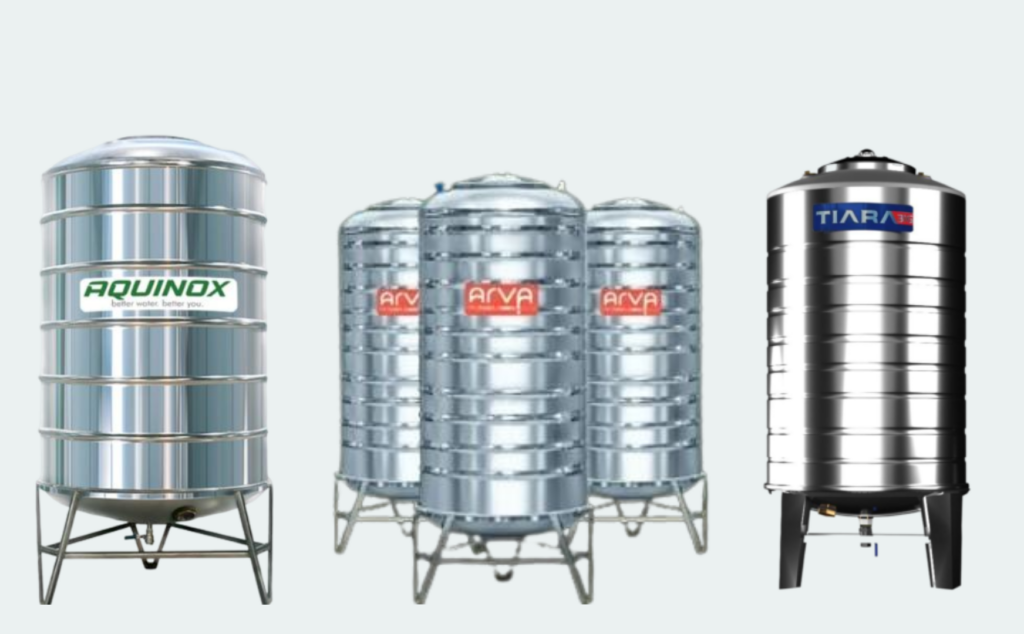
Reverse osmosis (RO) technology has revolutionized water purification, ensuring access to clean and safe drinking water. However, the effectiveness of RO systems depends significantly on how the purified water is stored. Among various storage options, stainless steel tanks stand out as the optimal choice for RO water storage due to their durability, hygiene, and sustainability. Let’s explore why stainless steel tanks are the gold standard for preserving the purity of RO water.
Understanding RO Water Storage Needs
RO water is highly purified, with impurities, minerals, and contaminants removed during the filtration process. As a result, it is essential to store RO water in a way that maintains its purity and prevents re-contamination. Poor-quality storage materials can compromise the water’s quality by introducing harmful substances, odors, or microbial growth.
Advantages of Stainless Steel Tanks
Stainless steel tanks offer several unique benefits that make them ideal for RO water storage:
Corrosion Resistance: RO water is demineralized, making it more susceptible to corrosion when stored in traditional tanks made of materials like mild steel or concrete. Stainless steel’s exceptional resistance to corrosion ensures the tank remains unaffected by the chemical properties of RO water, maintaining water quality over time.
Hygienic Properties: The smooth and non-porous surface of stainless steel prevents the accumulation of bacteria, mold, and other microorganisms. Unlike plastic or fiberglass tanks, which may harbor microbes in tiny crevices, stainless steel tanks are easy to clean and sanitize, ensuring the stored water remains pure and safe for consumption.
Durability and Longevity: Stainless steel is renowned for its strength and durability, offering a long-lasting solution for water storage. These tanks can withstand high pressure, extreme temperatures, and environmental stress, making them reliable for both residential and industrial use.
Chemical Stability: Plastic tanks often leach chemicals into the water over time, especially when exposed to heat or sunlight. Stainless steel, on the other hand, is chemically stable and does not react with the water it stores. This makes it an excellent choice for maintaining the chemical purity of RO water.
Eco-Friendly and Sustainable: Stainless steel is fully recyclable, making it an environmentally responsible choice for water storage. In comparison, plastic tanks contribute to environmental pollution and take centuries to degrade. Choosing stainless steel tanks aligns with sustainable practices and reduces environmental impact.
Aesthetic and Practical Appeal: Stainless steel tanks are not only functional but also visually appealing. Their sleek design and modern appearance make them a preferred choice for households and businesses alike. Additionally, they are available in various sizes and configurations, catering to diverse storage needs.
Applications and Versatility
Stainless steel tanks are versatile and can be used in a wide range of settings, including:
Residential RO Systems: Providing safe and clean water storage for daily household use.
Commercial and Industrial RO Plants: Ensuring large-scale storage of purified water for industries such as food and beverage, pharmaceuticals, and electronics.
Healthcare Facilities: Maintaining hygienic water storage for hospitals and clinics where cleanliness is paramount.
Conclusion
Investing in stainless steel tanks for RO water storage is a prudent decision that guarantees the purity and safety of water. Their resistance to corrosion, hygienic surface, durability, and eco-friendliness make them the superior choice compared to plastic, fiberglass, or other materials. As global concerns about water safety and sustainability grow, stainless steel tanks provide an ideal solution for preserving the integrity of RO water while contributing to a greener future. Whether for residential or industrial use, stainless steel tanks demonstrate their value as a reliable and long-term water storage option.


